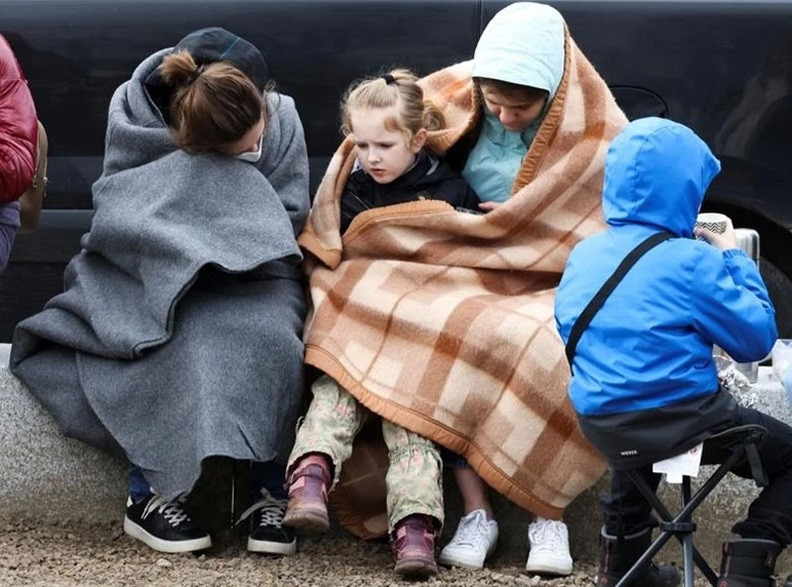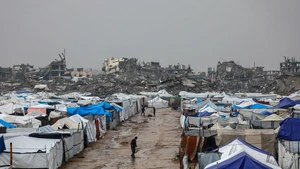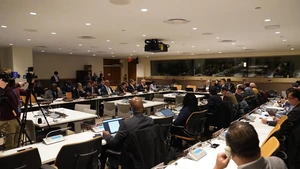In the newly published Global Humanitarian Overview 2024, the UN emphasised that although there are a series of humanitarian hot spots that need large-scale assistance campaigns, such as Gaza, Sudan, and Afghanistan, the UN will be forced to reduce the scale of aid in 2024 because of a decline in financial donations.
According to UN Under-Secretary-General for Humanitarian Affairs and Emergency Relief Coordinator Martin Griffiths, support from the international community is not enough to meet actual needs.
In 2023, humanitarian programmes have only mobilised 35% of the total 56.7 billion USD that the UN has called for. With this capital, the UN has provided relief and protection to about 128 million people. There are only a few weeks left until the end of 2023 and it is likely that this will be the first year since 2010 in which the annual amount of charitable giving to humanitarian funds has decreased.
Therefore, the UN has reduced its mobilisation appeal for 2024 to 46.4 billion USD, while focusing on providing support to the groups most in need.
The money mobilised for 2024 will be used to help 72 countries, 26 of which are in crisis while the other 46 are suffering consequences from these crises. The group of five countries that need the most support includes Syria (4.4 billion USD), Ukraine (3.1 billion USD), Afghanistan (3 billion USD), Ethiopia (2.9 billion USD), and Yemen (2.8 billion USD).
The United Nations Children’s Fund (UNICEF) has called on donors to contribute an additional 9.3 billion USD to carry out humanitarian activities in 2024, when the number of children around the world is caught up in a spiral of humanitarian crisis increasing at an alarming rate.
According to UNICEF, the financial support will help the agency implement measles vaccination programmes for 17.3 million children, and provide support for 7.6 million severely malnourished children, 19.3 million out-of-school children, and more.
Humanitarian needs are rising, but a series of problems are hindering aid work, such as limited finances, and volunteers and humanitarian aid workers being targeted by many violent attacks.
Explaining the tight funding source, Griffiths said that the donor countries themselves are also facing a cost-of-living crisis. In fact, due to a serious lack of funding, at the end of July 2023, the World Food Program (WFP) was forced to suspend malnutrition prevention work in Yemen in August.
For many years, the main reasons behind humanitarian crises are still fighting, conflicts, economic crises, epidemics, and extreme weather patterns.
According to UNICEF data, about 94 million children in 155 countries are in difficult situations caused by regional conflicts and natural disasters. According to Griffiths, climate change will likely replace conflict as the main reason why many people need humanitarian assistance.
















